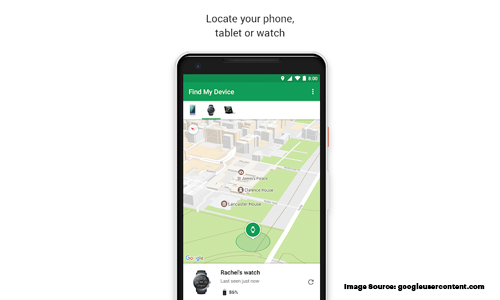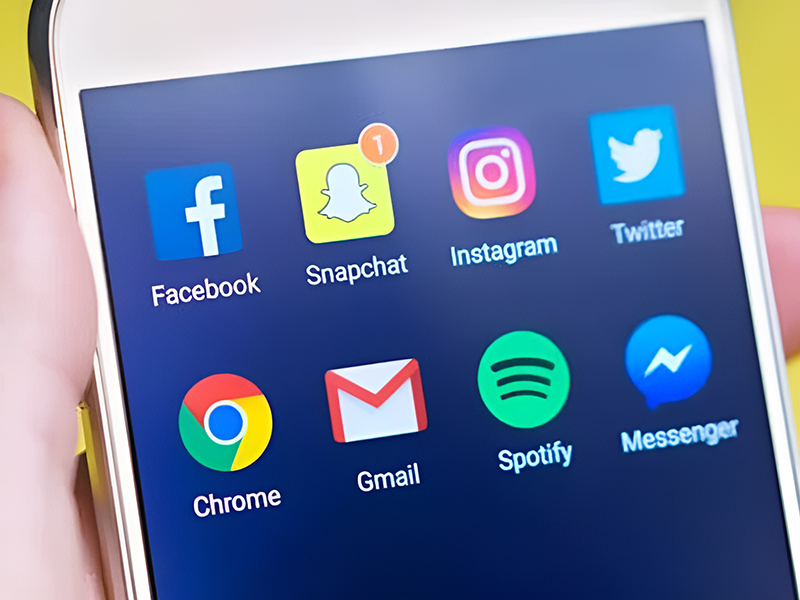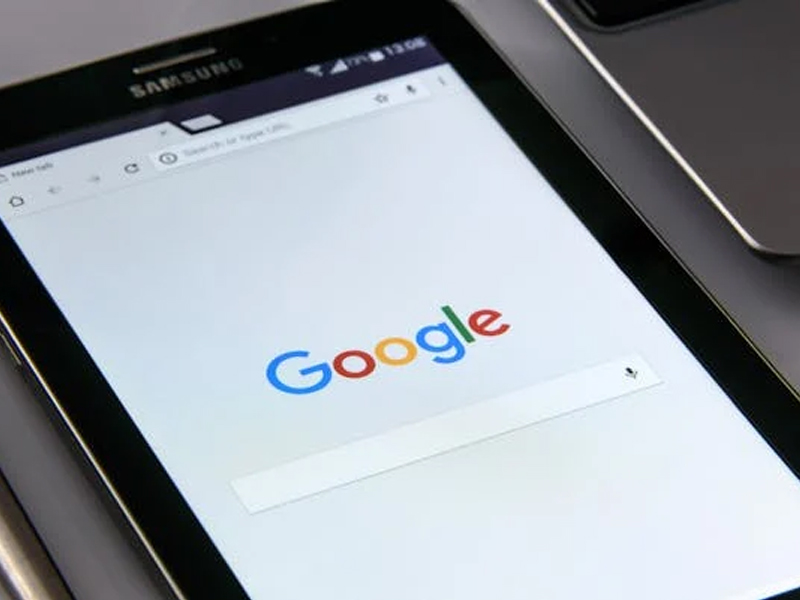Google’s Find My Device Network Arrives: Locating Lost Devices Gets Smarter

Mobile Technology
How Does Find My Device Network Work?
Imagine losing your phone in a crowded mall. Traditionally, locating a lost device required it to be turned on with an internet connection. Google’s Find My Device network changes the game. Here’s the magic behind it:Crowd-Sourced Location
This network utilizes Bluetooth signals from nearby Android devices (running Android 9 or later) to detect your lost device, even if it’s switched off or offline. These participating devices anonymously ping your lost gadget’s Bluetooth signal and relay its location back to Google’s servers.Enhanced Security
Privacy is paramount. Location data is encrypted end-to-end, and a unique “aggregation” system ensures your device’s location isn’t directly revealed. Multiple nearby devices must contribute location reports before your lost item’s general area is displayed.Offline Functionality
This network extends beyond online capabilities. Pixel 8 and 8 Pro users can even locate their phones when powered down, thanks to a clever chip that utilizes ultra-wideband technology.Benefits of the Find My Device Network
 The Find My Device network offers several advantages for Android users:
The Find My Device network offers several advantages for Android users:
Increased Findability
Locating lost devices becomes significantly easier, especially in situations where your phone is offline, hidden, or has a dead battery.Enhanced Security
Unlike traditional GPS tracking, this network prioritizes user privacy with its encryption and aggregated location reporting.Bluetooth Tracker Support
The network expands beyond phones. Soon, you’ll be able to locate lost Bluetooth trackers attached to keys, wallets, or other valuables using the same network.Google vs. Apple: The Find My Network Showdown
Apple’s Find My network has established itself as a leader in lost device tracking. How does Google’s offering compare? Here’s a quick breakdown:Offline Functionality
Google currently offers an edge with its ability to locate Pixel 8 and 8 Pro phones even when powered down.Privacy
Both services prioritize user privacy with encryption. However, Google’s aggregated location reporting adds an extra layer of protection.Bluetooth Tracker Support
Both networks plan to incorporate support for Bluetooth trackers in the near future.Getting Started with Find My Device Network
The good news? You don’t necessarily need to do anything to utilize the Find My Device network. As long as your Android device is running Android 9 or later and has Find My Device enabled (a default setting), it will automatically contribute to the network and potentially help others locate their lost gadgets. To manage your Find My Device settings or locate your own lost device, you can:- Visit the Find My Device website
- Use the Find My Device app pre-installed on most Android devices.
The Future of Find My Device Network
The launch of Google’s Find My Device network marks a significant advancement in lost device tracking for Android users. With its focus on privacy, offline functionality, and planned support for Bluetooth trackers, this network has the potential to become a valuable tool for keeping your tech within reach. As the technology progresses, we can expect further improvements, like more granular location reporting based on user permissions and integration with smart home devices to locate lost items within your living space.You Might Be Interested In:
- Beyond Likes and Followers: Exploring the Evolving Landscape of Social Media
- Is TikTok Facing a US Ban? Decoding the New Law and Its Impact on Millions of Users
- Click, Buy, Pollute? Environmental Impact of Online Shopping and Ways for Sustainable E-commerce
- The High Price of Crypto: Environmental Cost of Mining and Solutions for a Greener Future
Frequently Asked Questions?

01
Cybersecurity
Beyond Likes and Followers: Exploring the Evolving Landscape of Social Media
Apr 28, 2024
01
Tech news
Is TikTok Facing a US Ban? Decoding the New Law and Its Impact on Millions of Users
Apr 27, 2024

01
Tech news
Click, Buy, Pollute? Environmental Impact of Online Shopping and Ways for Sustainable E-commerce
Apr 26, 2024

01
AI & ML
Gemini Evolves: Your AI Assistant on the Go with the New Overlay Feature
Apr 24, 2024
SUSBSCRIBE TO OUR NEWSLETTER
Join our subscribers list to get the latest news and special offers.
Beyond Likes and Followers: Exploring the Evolving Landscape of Social Media
Is TikTok Facing a US Ban? Decoding the New Law and Its Impact on Millions of Users
Click, Buy, Pollute? Environmental Impact of Online Shopping and Ways for Sustainable E-commerce
The High Price of Crypto: Environmental Cost of Mining and Solutions for a Greener Future